Application for 2024 OPEN until March 18, 2024
How to apply
To apply for the programme, applicants must send an e-mail to the ESOR Office and provide the following documents in one single PDF file (please indicate whether you are applying for the clinical or research fellowship):
- Letter of motivation including previous experience in the field
- ESOR Curriculum Vitae template* (DOC)
- Letter(s) of recommendation (by the head of department of the current hospital/University)
- Certificate of recent board certification from the relevant authority
- Copy of medical diploma and/or EDiR certificate
- PhD, dissertation, diploma thesis if applicable
- Language certificates for English and German
- List of five most important/relevant publications in international peer reviewed journals
- List of references to be contacted if necessary
- ESR membership proof (To apply for or renew your ESR membership please click here.)
- Copy of passport
*Each candidate is required to submit the provided ESOR CV. Any application with another CV will not be considered.
Please note that only complete applications can be considered. To ensure equal opportunities candidates should apply only to institutions outside of their country of residence/work.
The successful candidate will be asked to provide additional documents to the training centre for administrative purposes. He/She is further asked to take care of his/her working permit and insurance. Please note that the fellow is responsible for his/her visa. The training centre will help the fellow with all organisational details.
Evaluation Committee
H.-U. Kauczor
Heidelberg/DE
C.-P. Heussel
Heidelberg/DE
Research Fellowship in Chest Radiology
Heidelberg University Medical Center, Heidelberg/Germany
The Heidelberg TLRC Imaging Platform is the framework of chest radiology research at the Heidelberg campus. Our mission is to conduct state-of-the-art chest radiology research for the whole range of preclinical and translational studies as well as clinical trials. TLRC is member of the platform “Imaging” of the German Center of Lung Research (DZL) to ensure scientific exchange and access to cutting-edge imaging technologies in research. More than twenty TLRC-researchers coming from different fields, such as radiology, medical physics (CT, MRI), medical informatics, nuclear medicine, public health, are involved in projects focused on four main areas: airway disease, lung cancer, inflammation/infection and pulmonary vascular disease.
For more information:
www.klinikum.uni-heidelberg.de/Research-Projects.130202.0.html
www.dzl.de/index.php/en/
Eligibility
- This exchange programme applies to radiologists within the first three years after certification being younger than age 36.
- The candidate should pursue a subspecialisation in chest radiology.
- The candidate should have excellent knowledge of chest anatomy as well as basic skills in image interpretation of the chest.
- The candidate should have basic skills in medical database handling and an interest or basic skills in scientific presentations and publications.
- Advanced knowledge of the English and basic knowledge of the German language are required.
- If the respective academic requirements are met, the degree “Dr. med.” or “Dr. sc. hum.” can be obtained.
- The successful candidate will have to make himself/herself available for an interview via Skype.
- An active ESR full membership is required.
Number of available places
During 2024/2025 one place will be available for a recently board-certified radiologist (not longer than three years ago) residing in Europe who is a full member of ESR.
Duration and funding
The fellowship will last for 12 months and be held from October 1, 2024 to October 1, 2025. The fellow has to ensure his/her availability for the exact period stated as any postponement is not possible. The fellow will receive a grant (€23.000,-) from the training centre, which will be paid out via ESOR on a monthly basis.
Programme structure
The ESOR fellow will be assigned to a single or a set of projects from in the area of airway disease, lung cancer, inflammation/infection and/or pulmonary vascular disease. The following radiological modalities might be used: CT, incl. dual energy, and Spectral-CT, MRI, small animal imaging, incl. micro-CT, PET/CT, PET/MRI. Activities of the fellowship might include study design, regulatory requirements, study initialization, recruitment, informed consent, scanning, image analysis, correlation with clinical and laboratory/pathology or biobank data, statistical evaluation, writing abstracts and papers, presentation at scientific meetings. The clinical fellowship will also include clinical reporting of CXR, CT and MRI in a dedicated chest clinic.
A detailed personalised programme is mutually agreed at the beginning of the fellowship between the fellow and supervisors.
Certification
After successful completion of the one-year training and the submission of a written report about research activities performed during the 12 months, the fellow receives a certificate from ESR/ESOR and Heidelberg University Medical Center. In order to receive this, the fellow must present a written report about his/her work and activities during the programme.

